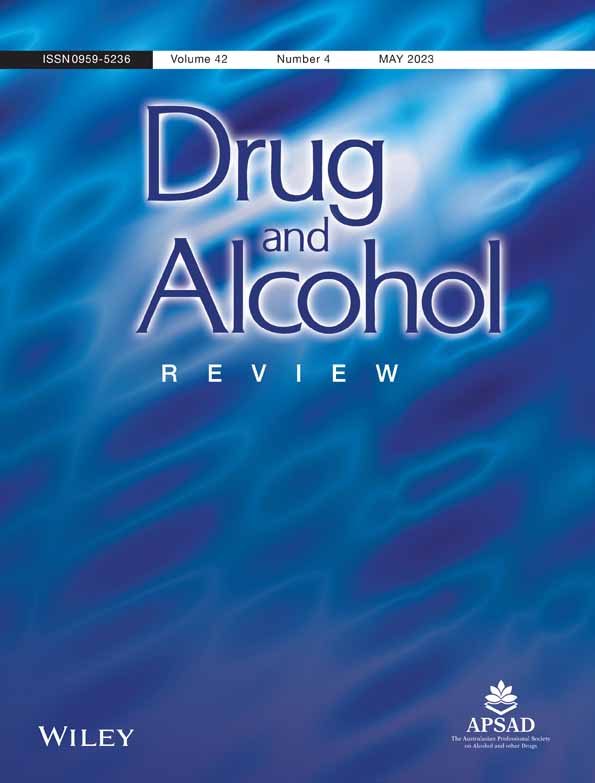Alcohol-related mortality in four European countries: A multiple-cause-of-death study
Abstract
Introduction
The impact of conditions that partly or indirectly contribute to drinking-related mortality is usually underestimated. We investigate all alcohol-related multiple (underlying and contributory) causes of death and compare mortality distributions in countries with different levels and patterns of drinking.
Method
Analysis of population-level mortality data for persons aged 20 and over in Austria, Czechia, Poland and Spain. Age-standardised death rates and standardised ratios of multiple to underlying cause were calculated for alcohol-related causes of death.
Results
Multiple-cause mortality ranged from 20 to 58 deaths per 100,000 for men and from 5 to 16 per 100,000 for women. Liver diseases were the most common underlying and multiple causes, but mental and behavioural disorders were the second or third, depending on country and sex, most prevalent multiple mentions. Two distinct age patterns of alcohol-related mortality were observed: in Czechia and Poland an inverted-U distribution with a peak at the age of 60–64, in Austria and Spain a distribution increasing with age and then levelling off for older age groups.
Discussion and Conclusion
The importance of alcohol-related conditions that indirectly impact mortality can be re-assessed with the use of contributory mentions. The multiple-cause-of-death approach provides convergent results for countries characterised by similar patterns of alcohol consumption. Multiple-cause mortality was almost double the level of mortality with alcohol as the underlying cause, except in Poland. Mental and behavioural disorders were mostly certified as contributory to other, non-alcohol-related underlying causes of death.
CONFLICT OF INTEREST STATEMENT
The authors have no conflicts of interest to declare.




